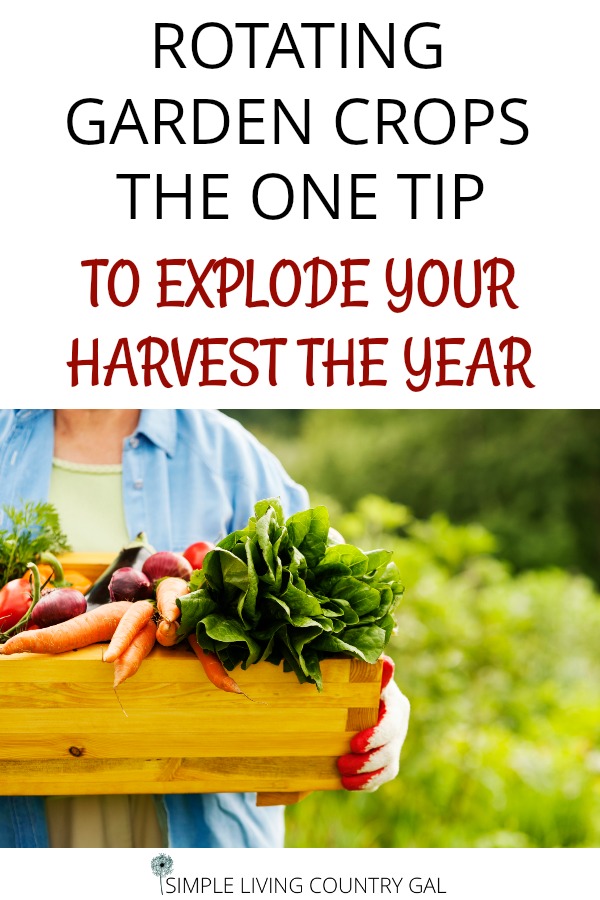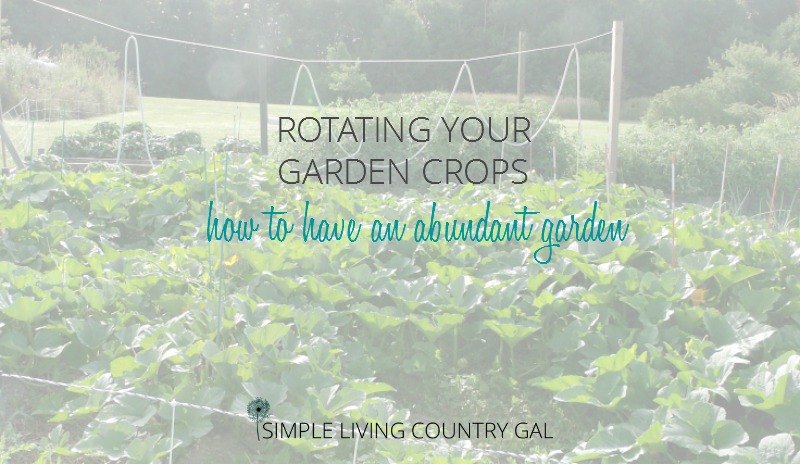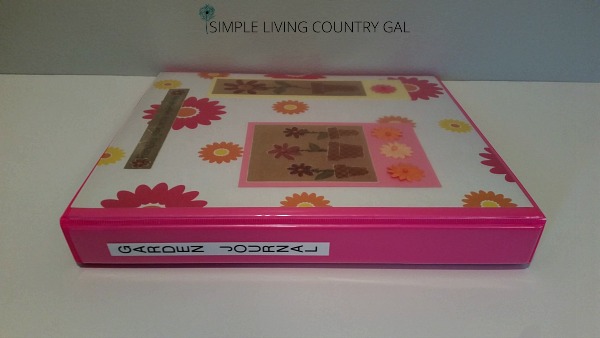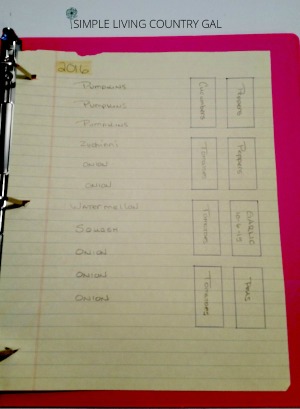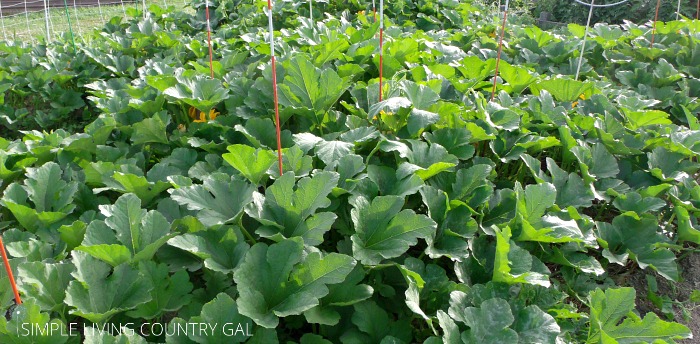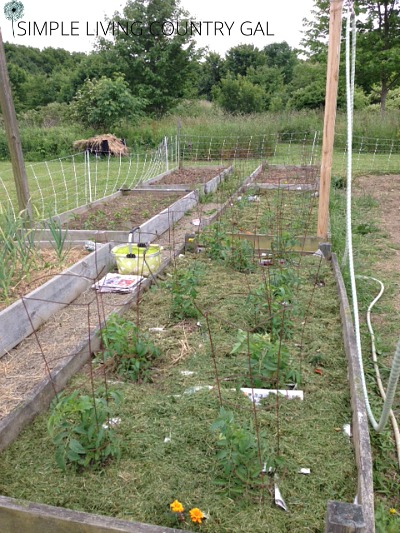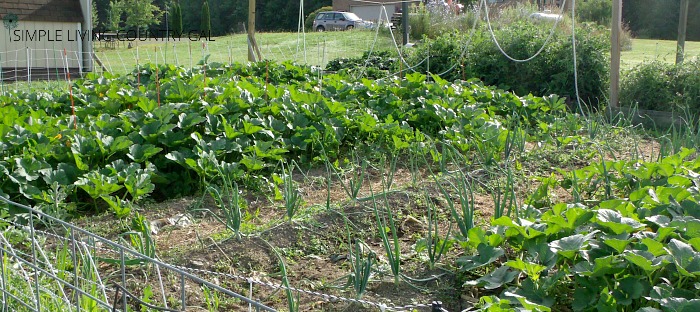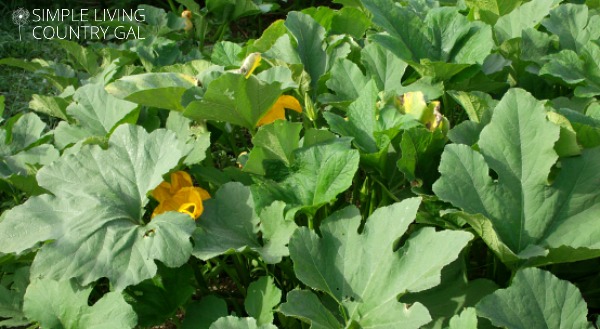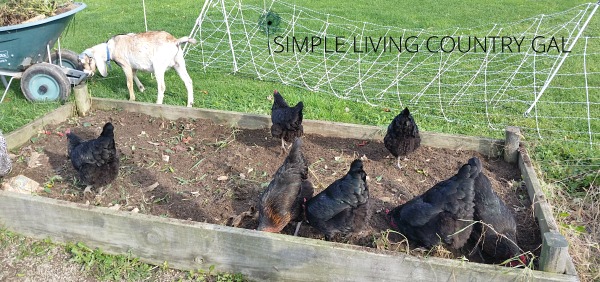Rotating Your Garden Crops
Successful gardening is like a recipe. You need to make sure you have every single ingredient to ensure a wonderfully productive garden and a bountiful harvest. As a new gardener, some lessons were easier for me to learn than others.
This lesson is one of the others. Today, we are going to talk about rotating your garden crops and how this will truly benefit the quality of your garden.
How to start a backyard garden with a plan that will keep the soil at its healthiest.
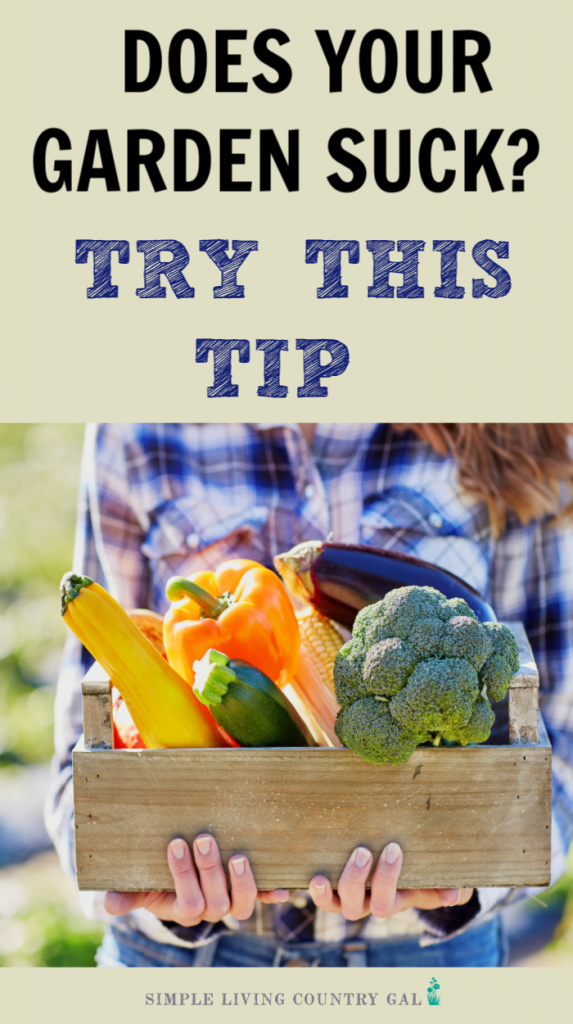
The secret to a healthy and thriving backyard garden is in the roots, and if you want to have healthy roots, you need healthy soil. Rotating crops is not just for large pastures of corn; it will work in a garden bed just as well, making it a great tip to use year after year.
What is garden crop rotation?
Crop rotation means moving your garden crops from one spot to another each year to allow your soil time to replenish. This routine will not only give you healthier soil but help to limit soil born diseases from infecting your plants.
For example, if you plant peas in a corner of your garden, you can plant tomatoes the following year. This swap will keep your soil healthier. Peas add nitrogen, so following up with tomatoes will even out the soil as they are heavy feeders.
By moving my plants to a different location, I was giving the ground a chance to rest and replenish. So, by the time the plants were back in their original spot, it was as if I was planting them there for the first time.
The key to successful garden crop rotation is to keep from repeating the same location for more than 3 years in a row. This will give the soil a chance to rest allowing it to build up where it was depleted.
If, for example, you plant your tomatoes in the center of your garden year after year, next time try moving those tomatoes down one side. Or, if you usually plant only tomatoes in your garden, you can plant a section of beans or peppers.
Remembering the location of each item you plant in your garden can be tricky. This is where a gardening journal comes in very handy. You can draw up a map of your garden for each year, allowing you to see more easily what was planted where.
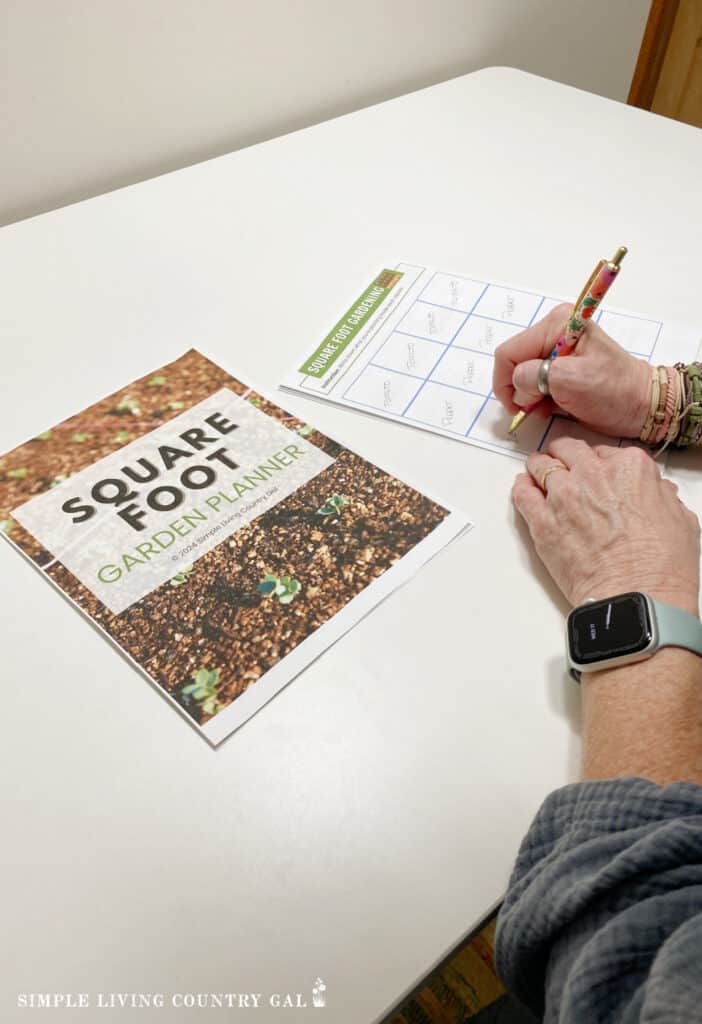
Be sure to write the date in the corner when you do this for easier documentation.
By drawing a rough sketch of what you plant and where you plant it, rotating your own garden crops will be much easier to do and keep track of. You don’t need to do anything fancy, just get it on paper so you have a record of each year.
SLCG PRO TIP: When making a planting map, note the date of the growing season and a few notes on how your plants did in a particular area. This will help you to determine better what grows best in each location. Not all soil is created equally, and keeping notes is key to improving your harvest and growing skills year after year.
Why should you try rotating garden crops?
Every growing season the roots of your plants take what it needs from the soil in order to grow and produce. This leaves the soil depleted of certain nutrients and microorganisms at the end of the season which are vital to healthy plants.
What is depleted will depend on the plants growing in that area. This means the quality of the soil on one side of your garden will be different from the other. When you have a map documenting a rough location of your plants, you can better visualize a plan that will keep the soil healthy throughout.
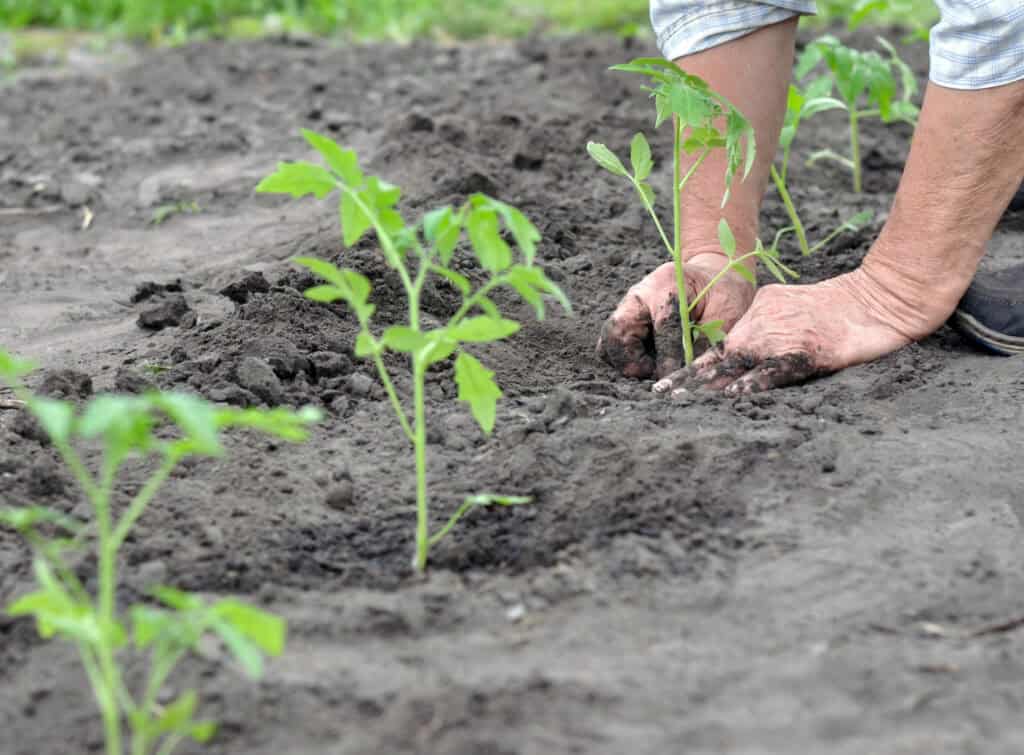
While it’s true that you can replace some of these nutrients each year with manure, compost, and other additions, you can’t replace them all. Also, it is important to remember that when you plant in the same location year after year, you will be depleting it over and over, which can make it harder to repair.
If you live in a rural area you can see proof of this in your farmer’s fields.
One year you may see a field of golden corn or wheat only to find soybean or other legumes planted the following year. The reason for this change is corn or wheat takes nitrogen from the soil as it grows and planting it year after year will only result in nitrogen-depleted soil and a poorly producing crop.
Soybeans, on the other hand, take their nitrogen from the air and fix it back into the soil which replenishes what the corn or wheat removed.
By replacing the nitrogen naturally this way, the farmers rely less on chemical fertilizers.
Using this basic technique of rotation in our own gardens will help us grow organically and naturally. By using plants to replace nutrients naturally, we too will no longer be dependent on fertilizers or other chemicals. One of the perks of growing our own foods is to ensure the quality is top-notch and chemical-free.
SLCG PRO TIP: Using natural organic techniques instead of chemicals is always a win for the home gardener.
READ: Backyard Garden Compost – Black Gold For Gardeners
How to rotate your garden crops.
I think the best way to explain this is to show you how I do it in my own backyard garden.
My garden layout consists of 8 raised beds set up in 2 rows of 4 and a large 20′ x 40′ open area. I have a layout of long rows allowing for easier upkeep throughout the growing season.
If your garden is like mine you probably have quite a few plants and crops planted throughout. To make things easier for me to rotate each growing season I will shift my rows to the left by one each year and rotate my raised beds clockwise. If I have multiple rows per plant then I shift the whole set of rows.
There is a bit more to the story, however, as you are not just moving plants but plant families.
What are Plant Families?
Plant families are a group of plants that share similar characteristics. These can be their features, how they grow, seeds, appearance, and more.
The most common plant families and a few examples in each are:
- The Umbelliferae family – carrots, celery.
- The Lamiaceae family – herbs such as rosemary and oregano.
- The Solanaceae family – peppers, tomatoes, potatoes.
- The Asteraceae family – artichokes, lettuce.
- The Brassicaceae family – radishes, cabbage.
- The Liliaceae family – garlic, onions.
- The Rosaceae family – strawberries, apples.
- The Cucurbitaceae family – pumpkins, cucumbers.
These are just some of the most common families, you can read more on plant families HERE. Knowing the different families and what plants belong in each will help you to take your own garden crop rotation to the next level.
Eliot Coleman has simplified things a bit by coming up with an 8-year plan. The goal is to plant your garden by families: (1) tomatoes (2) peas (3) cabbage (4) sweet corn (5) potatoes (6) squash (7) root crops (8) beans and using a number to identify each one for easier records. Each year simply shift this plan to the left or you can do it clockwise.
This ensures that no crop is in the same spot for more than one year. It also gives a plan that is not only efficient but simple to execute and keep track of.
What are other benefits of rotating garden crops?
I love it when a new skill gives more than one benefit. Not only will rotating your veggies help the integrity of the soil, but you will also limit the impact of plant-specific diseases.
When researchers at Pennsylvania State University tracked early blight of tomatoes grown in the same place for four years, early-season infection rates (measured when 5 percent of fruits turned red) went from 3 percent in the first year to 74 percent in the third. Source: Mother Earth News
I don’t know about you, but if moving my plants around every year will reduce the risk of disease I am all over it.
You know, you really can learn a lot from our local farmers. And just because we garden on a much smaller scale does not mean that the techniques they use are not just as valuable to us.
Remember one of the main purposes of homesteading and gardening is to reduce the impact that pesticides and fertilizers have on our food and, in turn, our families. But what if your garden soil is in really bad shape now? What, if anything can you do?
That was actually my own situation just a few years ago. My garden soil seemed to attract every garden pest in our area and last minute diseases destroyed a huge and healthy crop of tomatoes. Yes, every single plant. Plants I started from seeds in my home during the cold snowy spring.
READ: HOW TO START SEEDLINGS FOR YOUR GARDEN
It was a devastating blow and one that I knew would take more than a crop rotation to fix. If there is one thing I learned over the years, it’s this. When you garden there is no way to predict what can happen from year to year.
For me, it was a diseased plant purchased from a nursery. Yes, that is all it took.
Normally I closely inspect all of my plants and purchase only from local organic nurseries. Unfortunately, I had one plant that had a problem and I did not catch it in time to stop it from infecting my other plants.
That one plant spread its disease through my entire crop in less than a week destroying everything and cutting my hopeful harvest in less than half.
I learned that year that I needed to be vigilant the entire growing season and implement tips, such as rotating garden crops, so I am doing all that I can to create the healthiest environment from the roots up.
My tip to you is to take a walk in your garden every single day. You can do this when you are watering in the morning. Look at your plants, the soil, and your fruit. Inspect the leaves when you water, turn them, and watch for any discoloration, spots, pests, even eggs. These are your cues that something is up.
If you do find yourself with a severe outbreak such as this, you may want to take a little time off and let your garden “heal”. For me, that meant letting my chickens have access to that ground for a full 1-2 years and moving my plants up to my patio.
Yes, I am going to grow my garden in pots this year. And you know what? I am super stoked about it!
UPDATE: After a year of growing my plants right on my back patio in containers I loved it so much I continued to do it year after year. Not only is it much more convenient but it is better for my back.
READ: HOW TO GROW TOMATO PLANTS IN POTS
I am also going to experiment with straw bale gardening and I can’t wait to see how that turns out as well.
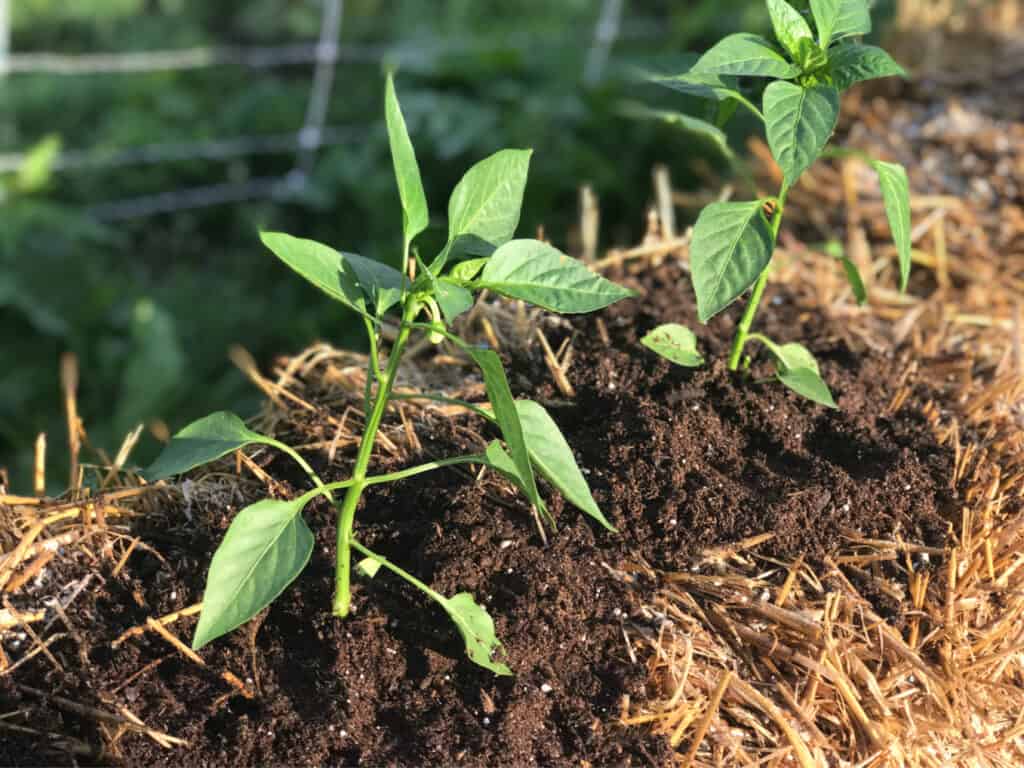
UPDATE: Straw bales are another great way to garden. The bale acts just like a container and gives you much more space to grow plants in. And bonus, you can compost the straw in your bin.
READ: HOW TO STRAW BALE GARDEN
So, sometimes a bad thing can be turned into something new and exciting!
Using natural and organic methods to ensure healthy gardens is the key to clean and healthy food for you and your family. When you are rotating garden crops you keep the soil on a more level playing field giving you a better growing foundation year after year.
Rotating your garden crops is an easy, effortless, and perfect way to keep your soil healthy and your plants happy.
More Gardening Resources:
- Stop Weeds with This One Tip
- 10 Tips for Beginner Gardeners
- Turn Crappy Clay Soil into a Lush Garden
